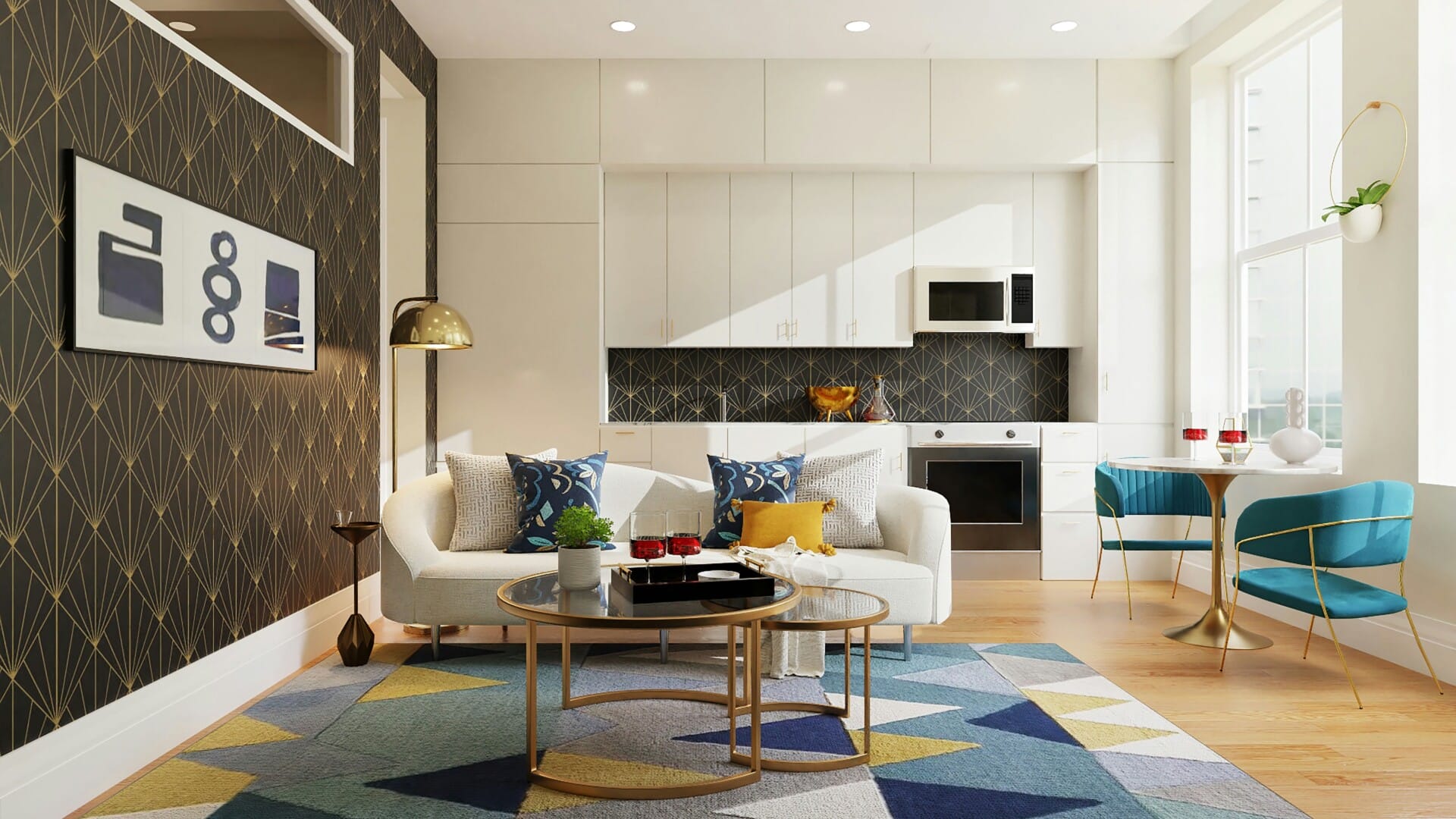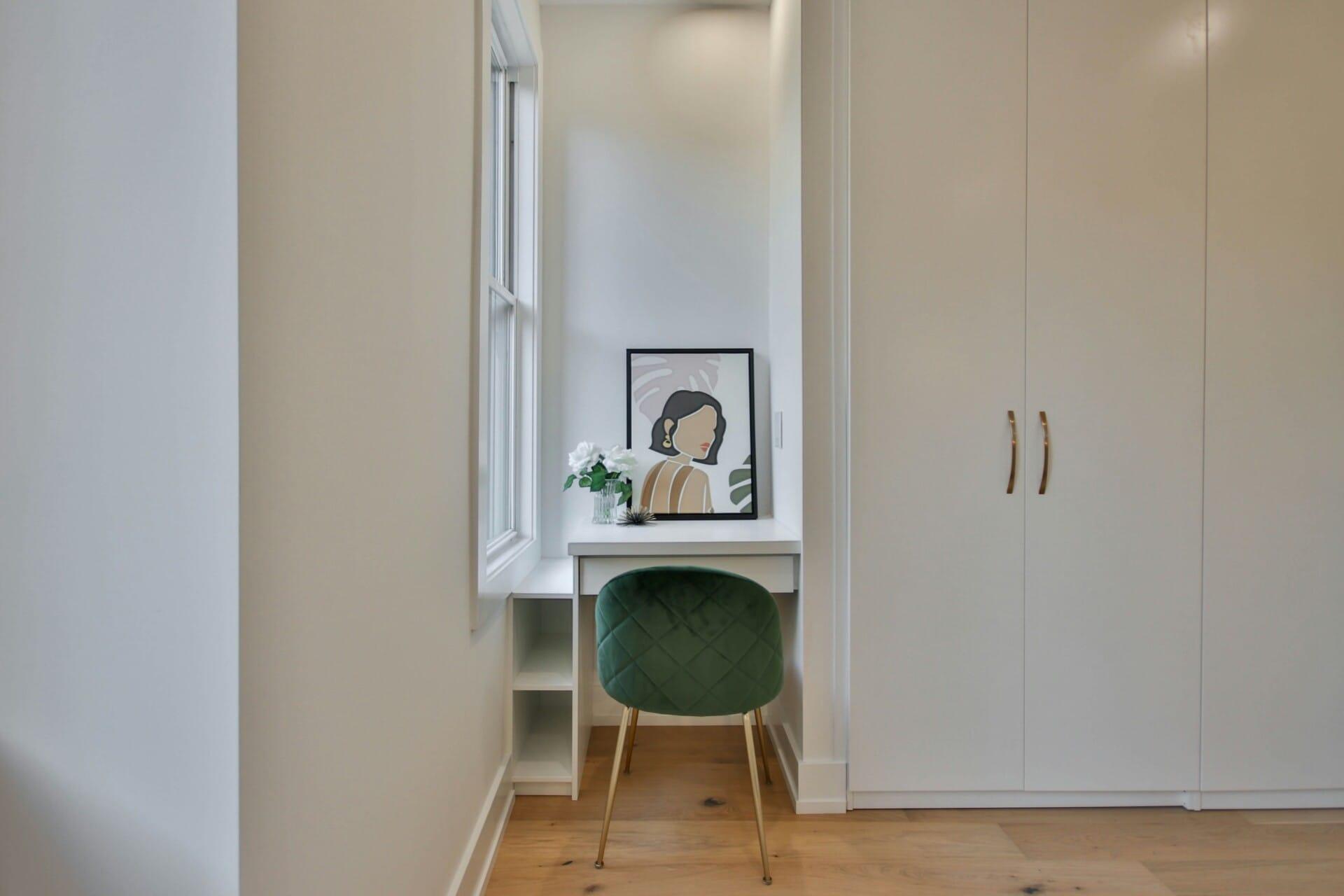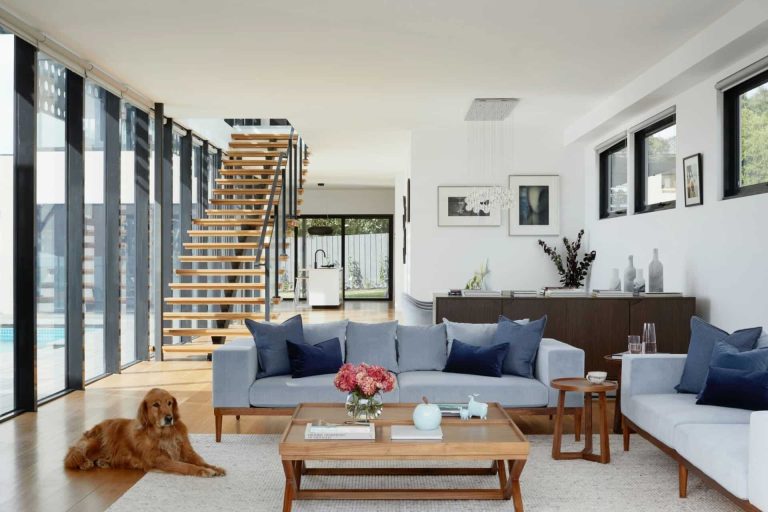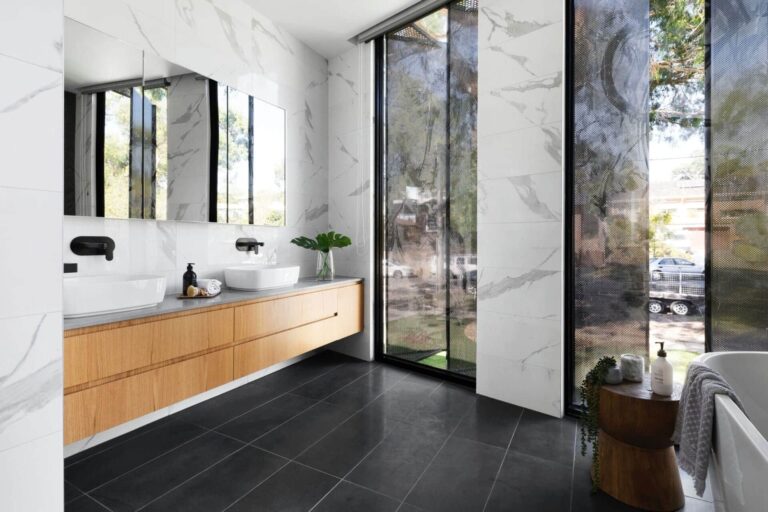Hey there, fellow Malaysians! 🌟 Have you ever thought about what it really means to live sustainably? In our beautiful country, where the sun shines bright and the rain falls abundantly, embracing eco-friendly living is not just a dream — it’s totally achievable! In this article, we’re diving into the amazing world of net-zero energy homes right here in Malaysia. These incredible spaces not only reduce energy consumption to zero but also show us that green living can be stylish, comfortable, and above all, practical. So, whether you’re a curious homeowner, an aspiring builder, or just someone who loves our planet, join us as we explore five stunning net-zero energy homes that prove sustainable living is not only possible but also downright inspiring! Let’s get started! 🌿✨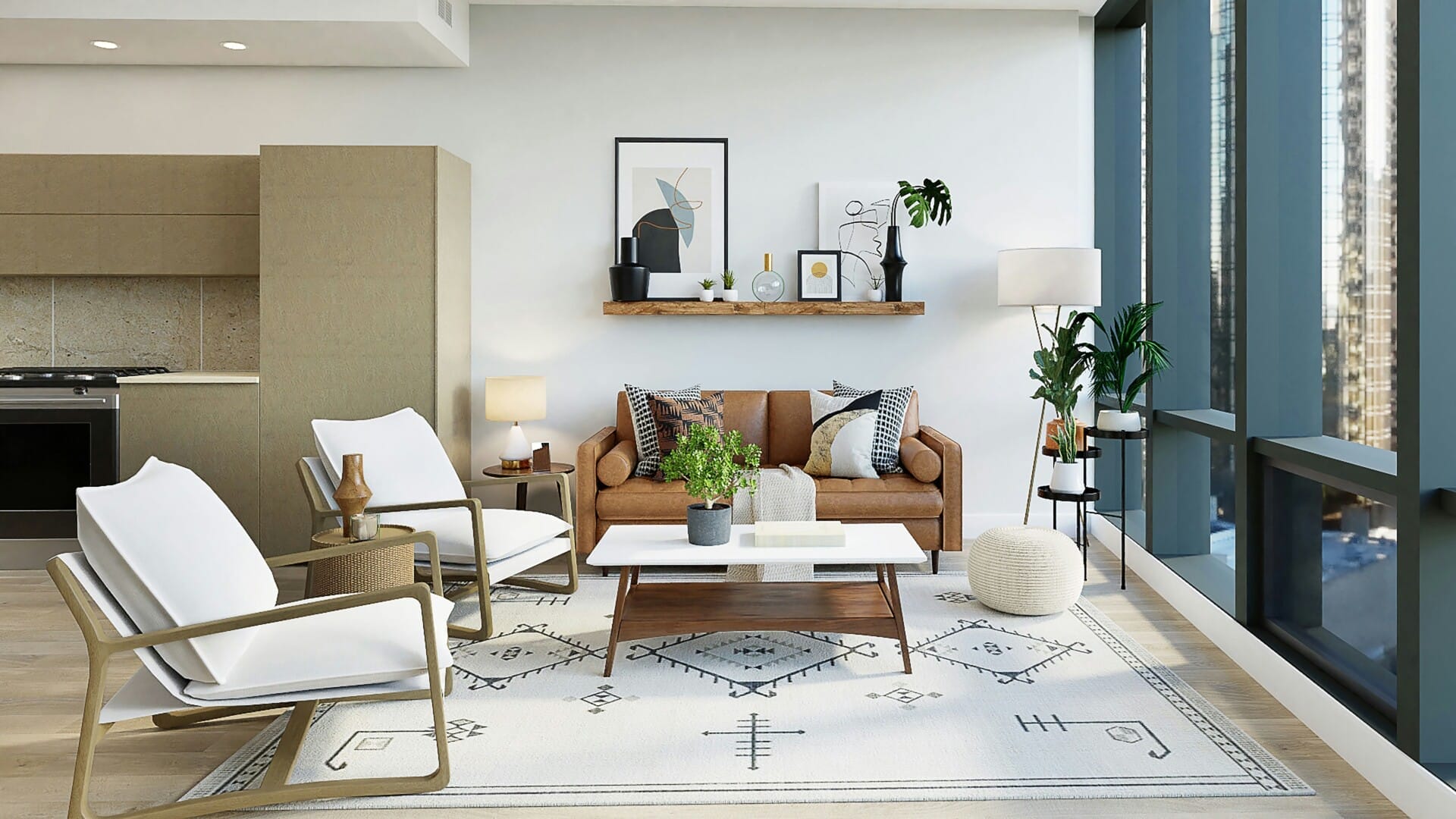
Innovative Design Paradigms Transforming Malaysian Homes
As Malaysia embraces the concept of sustainability, innovative design paradigms are emerging, reshaping the way we perceive and build our homes. The idea of net-zero energy homes is not just about cutting costs; it’s about rethinking our relationship with the environment. Homeowners and architects alike are now focusing on integrated designs that harmonize aesthetics with eco-friendly technologies. This shift is evident in the adoption of advanced building materials and smart technologies that enhance energy efficiency while elevating the visual appeal of residential spaces.
One of the fascinating trends in Malaysia is the use of bamboo and recycled materials to create beautifully sustainable homes. These materials not only reduce carbon footprints but also showcase unique craftsmanship. Moreover, many designs incorporate natural ventilation and green roofs, maximizing air circulation and reducing reliance on conventional air conditioning. With these features, homes not only blend seamlessly into the lush Malaysian landscape but also prioritize the well-being of their inhabitants.
Communities are increasingly promoting solar energy as a cornerstone of sustainable living. With ample sunlight throughout the year, homeowners are installing solar panels that generate power to meet their energy needs, thereby achieving net-zero energy consumption. Innovative designs often include battery storage systems, allowing excess energy to be stored and used during peak hours. This not only enhances energy security but also empowers homeowners to contribute to the national grid, making sustainable living a collective effort for a greener Malaysia.
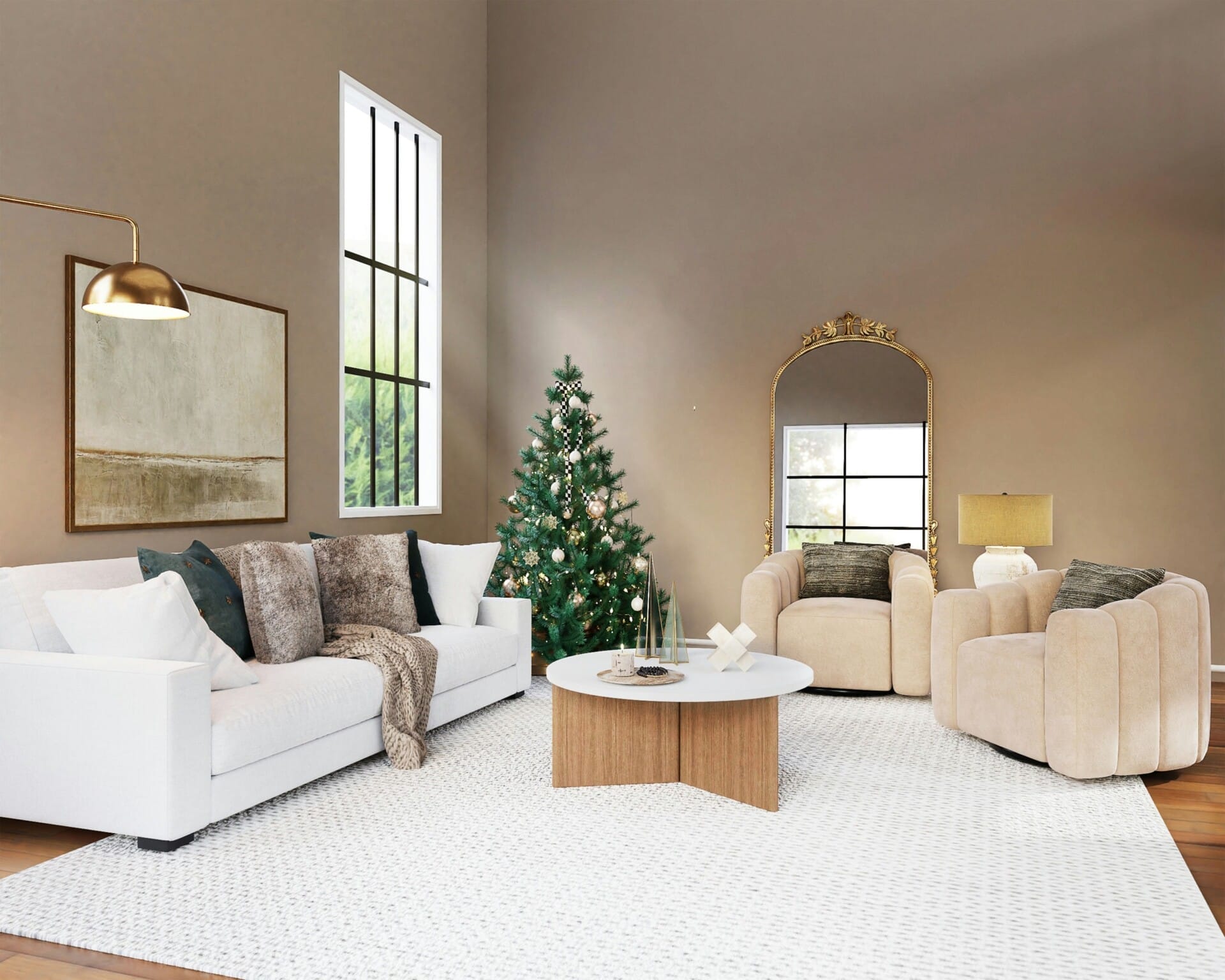
Harnessing Local Resources for Energy Efficiency
In Malaysia, leveraging local resources can significantly enhance energy efficiency in net-zero homes. By tapping into the country’s abundant natural resources, homeowners can create sustainable living environments that not only reduce carbon footprints but also save on energy costs. For instance, rainwater harvesting systems are becoming a popular choice, allowing homeowners to collect and utilize rainwater for irrigation and even household use. This reduces reliance on municipal water and promotes water conservation.
Additionally, solar energy is a game-changer for many households. With Malaysia’s tropical climate, solar panels can be a fantastic investment. Utilizing local solar energy not only helps in achieving zero energy consumption but also harnesses a renewable resource that is free and abundant. Many communities are beginning to adopt solar panel installations, often supported by government incentives aimed at promoting renewable energy use.
| Local Resource | Benefit | Implementation |
|---|---|---|
| Rainwater Harvesting | Reduces water bills | Install collection systems |
| Solar Energy | Decreases electricity costs | Install solar panels on rooftops |
| Natural Ventilation | Enhances indoor air quality | Design homes for airflow |
| Composting | Reduces waste | Set up compost bins |
By strategically utilizing these resources, net-zero energy homes in Malaysia can demonstrate that it’s entirely possible to live sustainably without compromising on comfort. The integration of local materials in construction, such as bamboo and recycled materials, not only promotes energy efficiency but also supports the local economy. Sustainable living is not just a concept; it’s a practical reality that many are already embracing, proving that a greener future is within our reach.
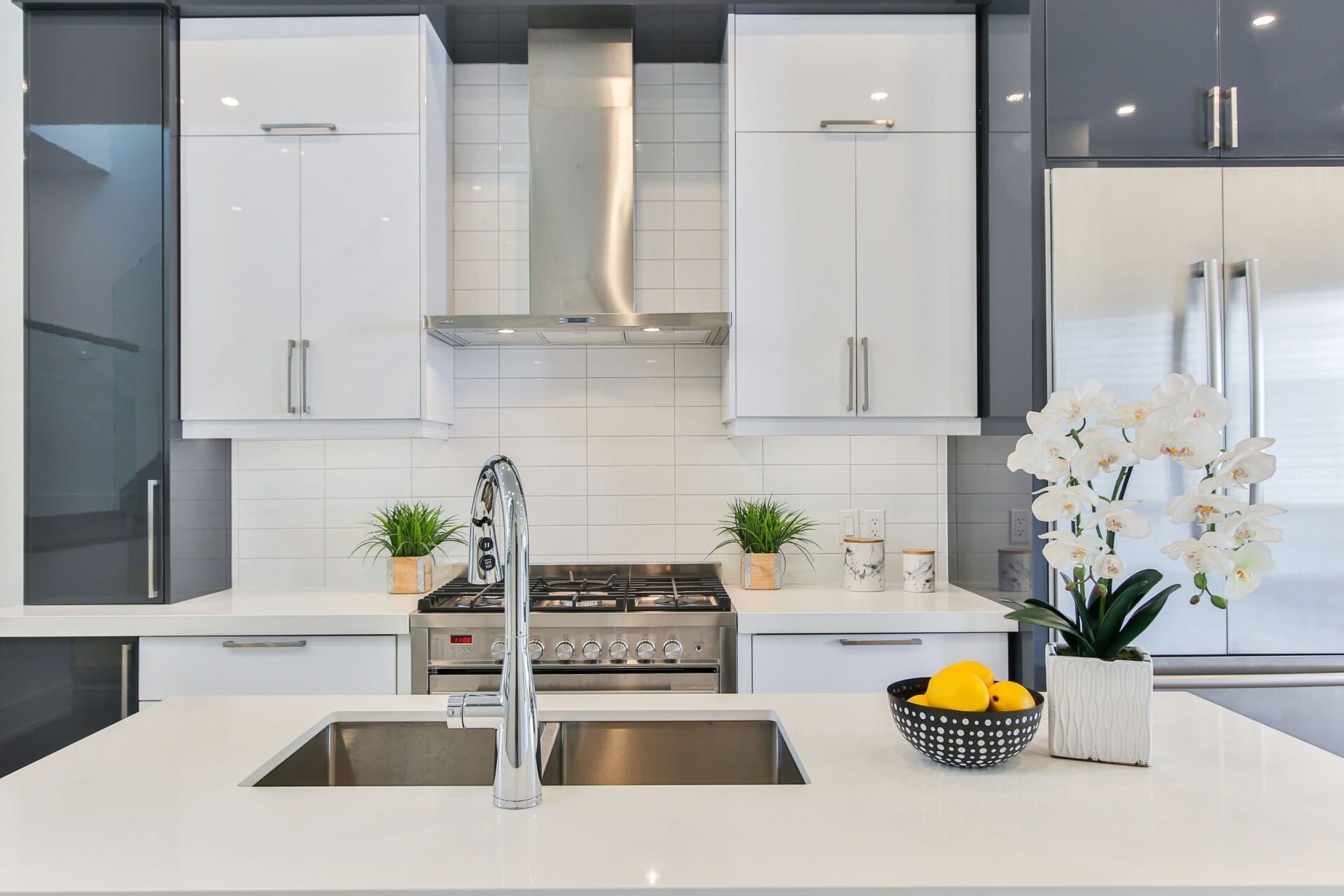
Smart Technologies Driving Sustainable Living Forward
In the quest for sustainability, smart technologies are bridging the gap between comfort and eco-friendliness. One remarkable feature seen in many of these net-zero energy homes is the implementation of advanced solar panel systems. These systems not only harness the abundant Malaysian sunlight but also empower homeowners to generate their own electricity. As a result, energy bills plummet, and excess energy can be stored or fed back into the grid, creating a win-win situation for both residents and utility companies.
Another game-changer is the integration of smart home automation technologies. By utilizing internet-connected devices, homeowners can optimize their energy usage in real-time. For instance, smart thermostats adjust temperatures based on personal preferences and time of day, while automated lighting systems ensure that lights are only on when needed. This level of control not only enhances convenience but also significantly reduces waste and promotes energy efficiency.
Water conservation is yet another area where technology is making a difference. Innovative water-saving devices, such as smart irrigation systems and low-flow fixtures, allow residents to enjoy lush gardens without draining the planet’s resources. Moreover, rainwater harvesting setups are becoming increasingly popular, allowing households to collect and store rainwater for various uses. These fundamental shifts in how we manage resources can lead to a more sustainable lifestyle that anyone in Malaysia can embrace.
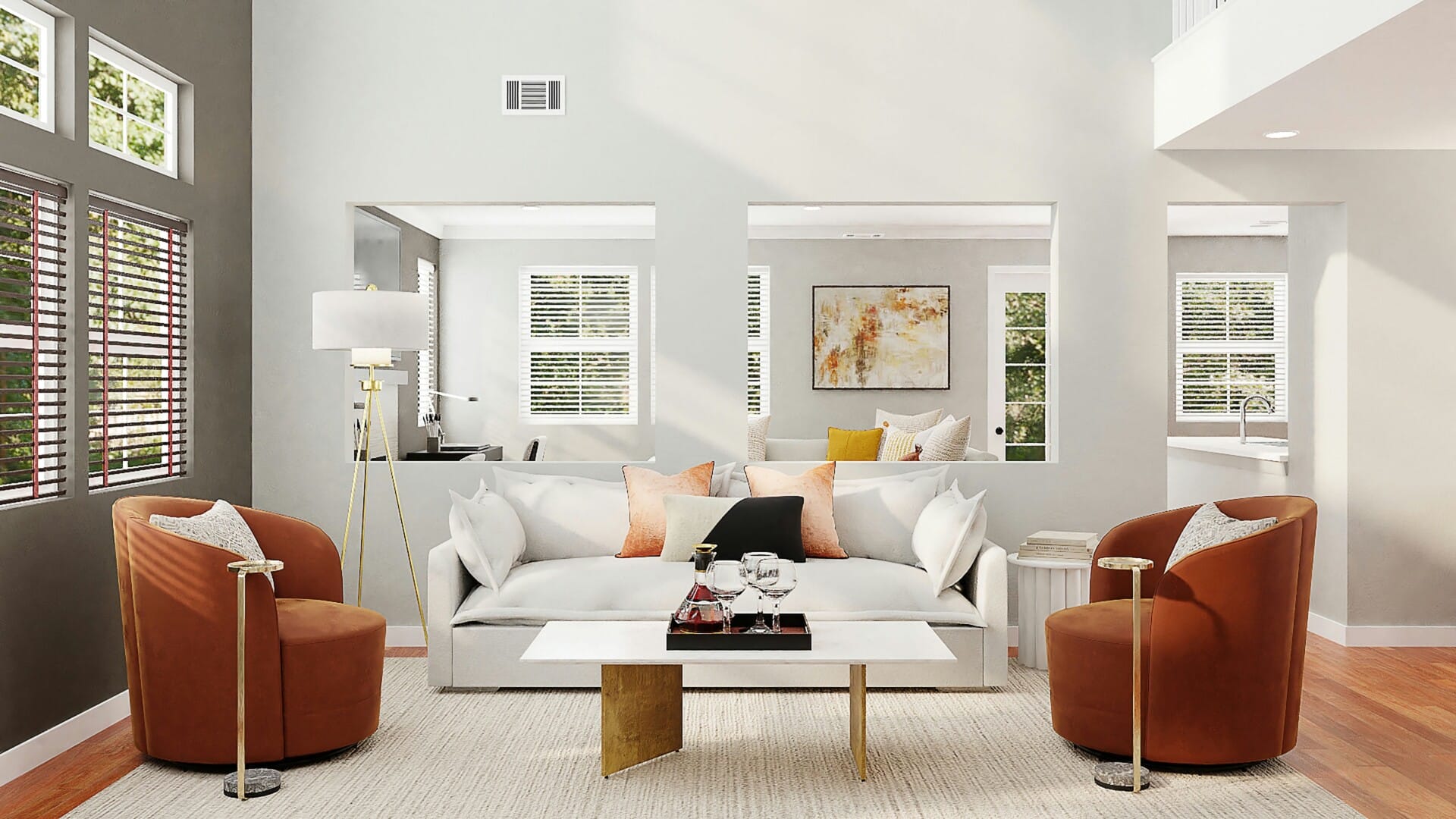
Community Initiatives that Foster a Net-Zero Mindset
Across Malaysia, community initiatives have become vital in fostering a net-zero mindset, encouraging sustainable living practices at a grassroots level. Many local organizations and neighborhood groups are championing green initiatives that focus on renewable energy, waste reduction, and eco-friendly habits. These grassroots movements inspire residents to rethink their daily routines and align them with sustainable goals, ultimately contributing to a greener future.
One of the most exciting aspects of these initiatives is the emphasis on education and awareness. Workshops, seminars, and hands-on training sessions are organized regularly to teach community members about the benefits of sustainable living. Topics often include:
- Renewable Energy Sources: Understanding solar, wind, and biomass energy.
- Waste Minimization: Techniques for reducing household waste through recycling and composting.
- Water Conservation: Methods to reduce water usage and enhance efficiency.
Additionally, partnerships with local universities and businesses help to promote and fund innovative projects that support energy efficiency and conservation. Local governments are also getting involved, often rolling out incentives for eco-friendly practices. A recent initiative showcased in a community meeting included a simple table that highlights collaboration opportunities:
| Partner | Initiative | Impact |
|---|---|---|
| University of Malaya | Renewable Energy R&D | Development of new solar technologies |
| Local Eco Business | Community Cleanup Days | Reduction of litter and enhanced community pride |
| Kuala Lumpur City Council | Green Grants | Funding for residential solar panels |
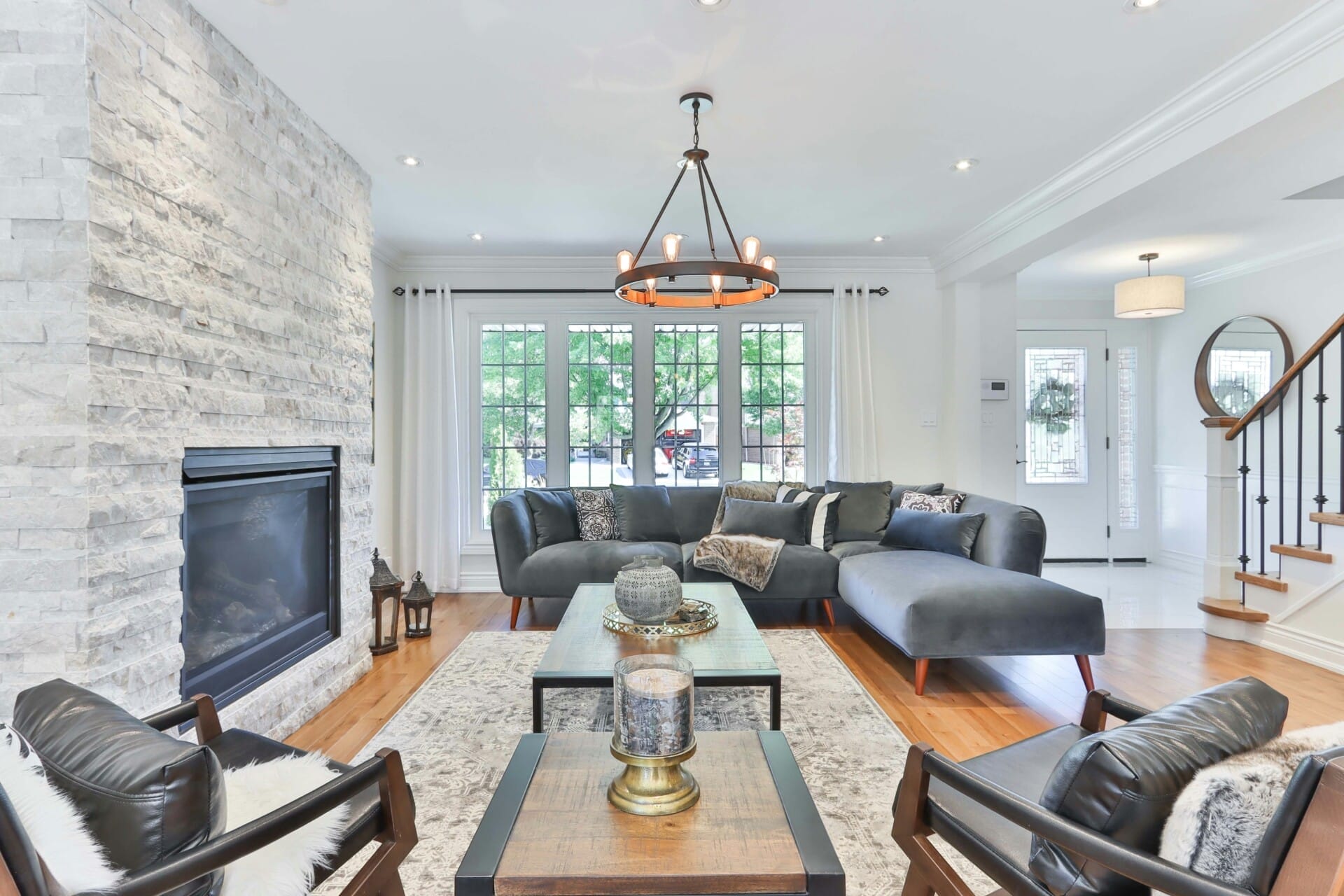
Water Conservation Strategies in Eco-Friendly Homes
In eco-friendly homes, effective water conservation strategies are a vital part of sustainable living. Homeowners are embracing innovative techniques that not only reduce water waste but also promote environmental stewardship. Among the most popular methods are rainwater harvesting systems, which collect and store rainwater for various uses, from watering gardens to flushing toilets. It’s an incredible way to tap into one of nature’s most precious resources and reduce dependency on conventional water supplies.
Another impressive strategy involves the use of low-flow fixtures—such as showerheads, faucets, and toilets—that significantly minimize water consumption without sacrificing comfort or performance. These fixtures are designed to optimize water usage while ensuring that daily activities remain efficient and pleasant. When paired with smart irrigation systems in gardens, homeowners can further apply water conservation techniques. Smart irrigation adjusts watering schedules based on weather patterns, ensuring that landscapes receive just the right amount of moisture.
Moreover, eco-friendly homes often feature native landscaping, which requires less water and maintenance. By choosing plants that are suited to the local climate, homeowners can create vibrant spaces that thrive with minimal water input. To visualize the impact of these strategies, here’s a simple table showcasing potential water savings through various conservation techniques:
| Technique | Potential Water Savings |
|---|---|
| Rainwater Harvesting | Up to 50% reduction |
| Low-Flow Fixtures | 30% reduction |
| Smart Irrigation Systems | 40% reduction |
| Native Landscaping | 60% reduction |
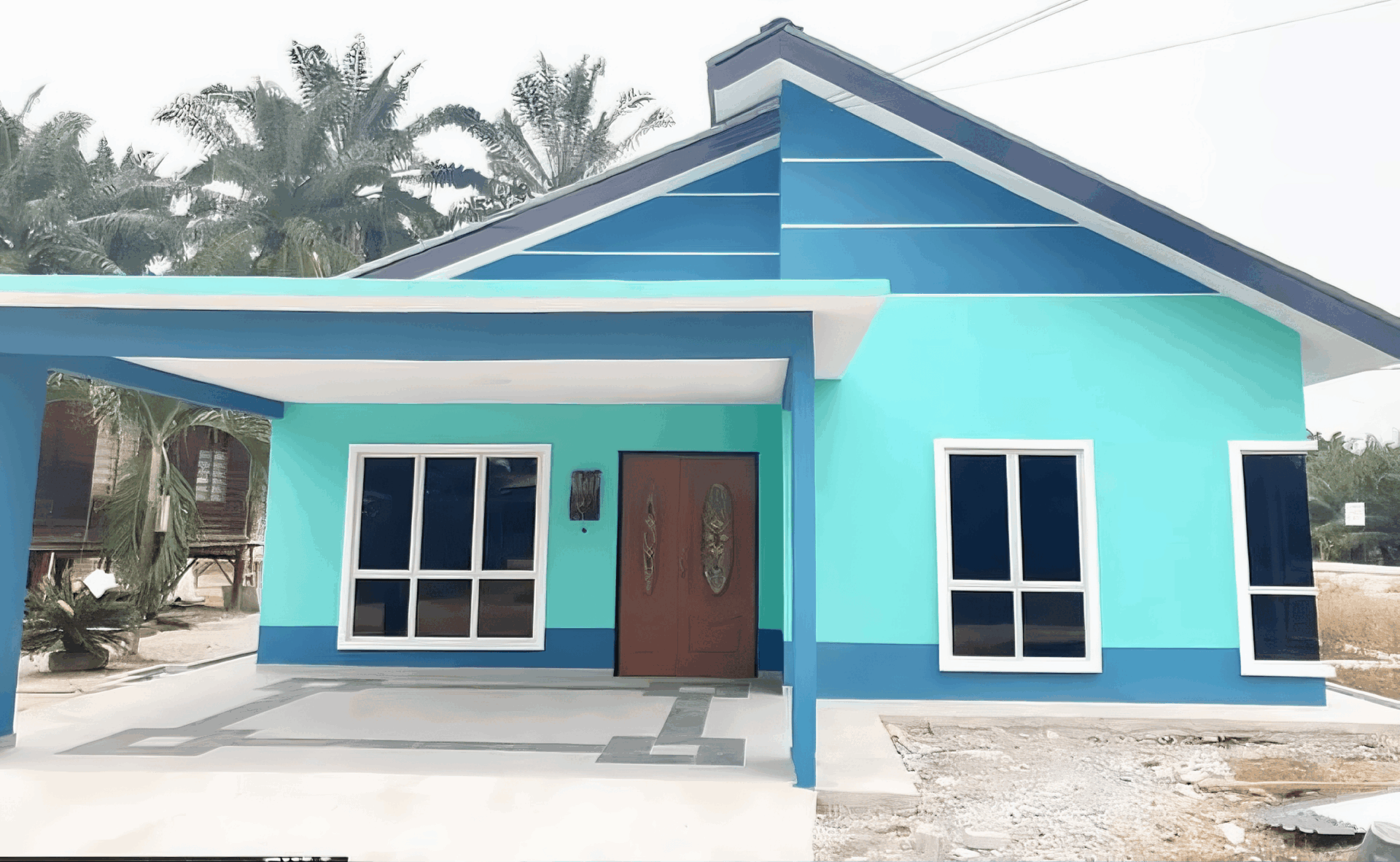
Balancing Aesthetic Appeal with Environmental Responsibility
In the quest for truly sustainable living, finding that sweet spot between stunning design and eco-friendliness can sometimes feel like a tricky balancing act. Many homeowners believe that to achieve an eye-catching aesthetic, they must sacrifice environmental integrity. But that’s where innovation comes in! The five impressive net-zero energy homes we’ve spotlighted showcase how both aspects can beautifully coexist. These homes leverage natural materials and smart architectural designs that not only look fantastic but also harness renewable energy sources effectively.
Imagine stepping into a home where sunlight floods through strategically positioned windows, reducing the need for artificial lighting and heating. That’s exactly what these builders have achieved by integrating passive solar design. Their focus on using sustainable materials like bamboo, recycled metal, and earth-friendly paints not only enhances the visual appeal but also minimizes environmental impact. And let’s not forget about green roofs and vertical gardens that add a touch of nature and help regulate temperature, giving these homes a unique character that’s sustainable and stylish.
To see the practical benefits of these inspiring designs, check out the table below that compares some core features of these net-zero homes:
| Home Feature | Benefit |
|---|---|
| Solar Panels | Generates renewable energy, reducing utility bills |
| Rainwater Harvesting | Conserves water while providing an eco-friendly supply |
| Living Walls | Enhances air quality and brings nature indoors |
| High-Quality Insulation | Maximizes energy efficiency and comfort |
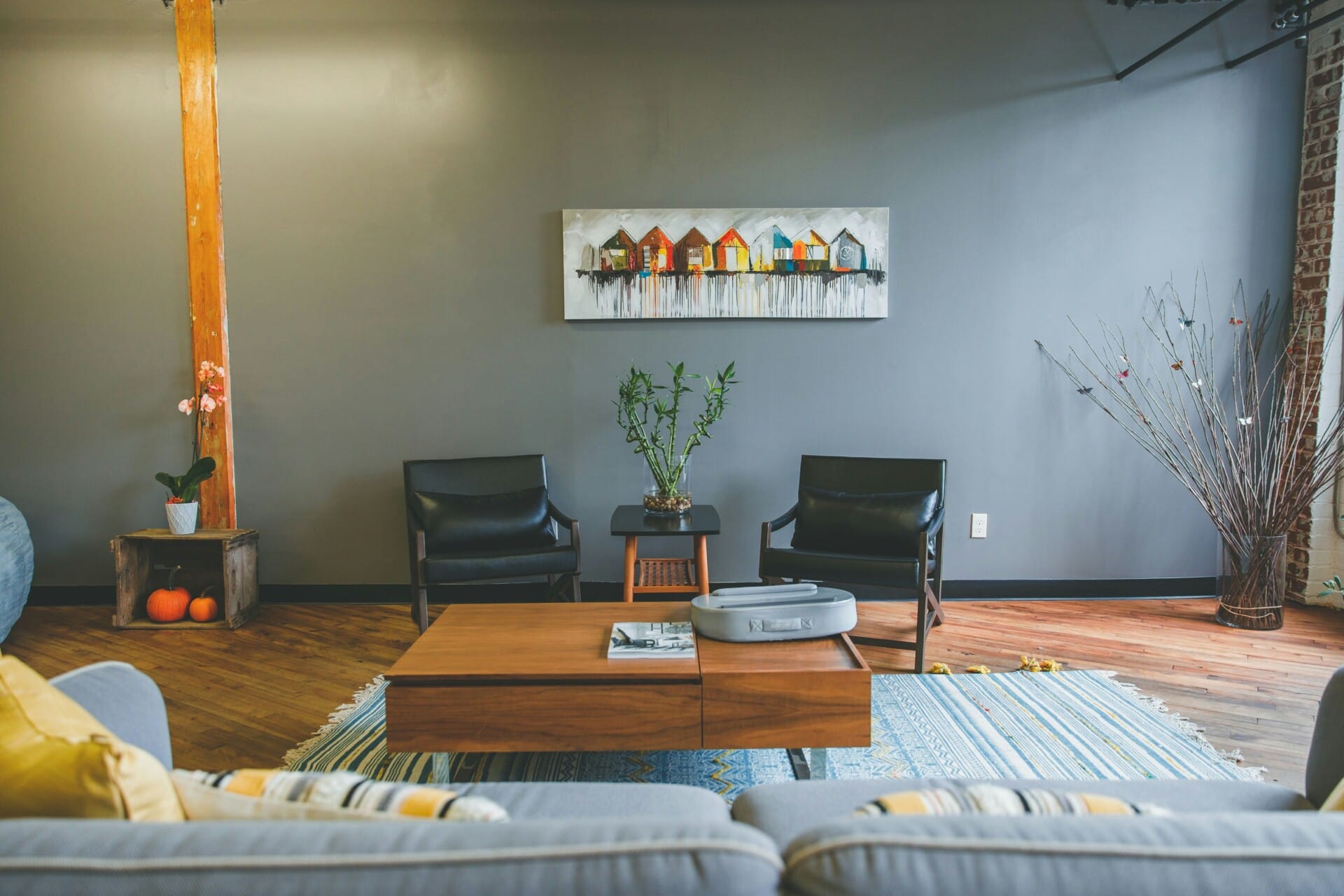
Future Trends in Sustainable Architecture in Malaysia
As Malaysia strides towards a greener future, innovative technologies and design philosophies are rapidly reshaping the landscape of sustainable architecture. The integration of renewable energy sources, such as solar panels and wind turbines, is becoming commonplace. Architects are embracing passive design strategies that optimize natural light and ventilation, minimizing reliance on artificial energy consumption. More than just a trend, these practices are paving the way for homes that not only meet the net-zero energy target but also provide enhanced comfort and livability for Malaysian families.
One of the exciting directions we’re seeing is the use of biophilic design, which connects inhabitants to nature in meaningful ways. This approach goes beyond placing potted plants indoors; it incorporates nature into the architecture itself. Features such as vertical gardens, green roofs, and water elements are not just aesthetically pleasing, they also help in cooling the building naturally and improving air quality. By fostering this connection with the environment, architects are creating spaces that inspire residents to adopt a more sustainable lifestyle.
Moreover, the rise of smart home technologies is transforming how we engage with energy consumption. Systems that manage energy use in real time, such as smart meters and automated lighting controls, empower homeowners to track their carbon footprint effectively. As more people become aware of their environmental impact, we can expect a surge in demand for homes that are equipped to support sustainable living. It’s clear that the future of housing in Malaysia is not just about comfortable, stylish spaces; it’s about building a resilient ecosystem that thrives in harmony with our planet.
Practical Tips for Homeowners Embracing Net-Zero Living
If you’re stepping into the world of net-zero living, a few practical tips can help make your journey smoother and more enjoyable. Start by focusing on energy efficiency. This means upgrading your home with energy-efficient appliances and insulation. Look for products with the Energy Star label, as they indicate higher efficiency and lower energy consumption. Don’t forget about LED lighting; they last longer and consume less power than traditional bulbs. You’d be amazed at how much you can reduce your energy usage just by switching a few light fixtures!
Next up, consider integrating renewable energy sources. Solar panels are becoming increasingly popular in Malaysia, given our sunny climate. Investing in a solar system can significantly lessen your dependence on the grid and even allow you to sell back excess energy. Pair your solar setup with energy storage systems to keep the lights on during cloudy days or at night. And if you’re feeling extra adventurous, think about micro wind turbines or even small hydro setups if you have the right conditions.
Lastly, embrace sustainable practices in your daily life, which complement the big-ticket upgrades. Try composting your kitchen waste to reduce landfill contributions and enhance your garden’s soil. Consider installing a rainwater harvesting system to cut down on your water usage. Connect with local community gardens or permaculture groups, where you can learn and share tips on sustainable living. These little changes can lead to a much larger impact on your environment!
Future Outlook
As we wrap up our journey through these five inspiring net-zero energy homes in Malaysia, it’s clear that sustainable living isn’t just a dream—it’s becoming a reality right here in our backyard! 🌍✨ From solar panels soaking up the tropical sun to rainwater harvesting systems making every drop count, these homes showcase how we can harmonize modern living with nature.
Remember, every little step counts towards a greener future, whether it’s embracing energy-efficient appliances or simply being more mindful about our consumption. So, why not take a cue from these innovative examples? Let’s champion sustainability together and make our beautiful Malaysia a model for eco-friendly living.
Who knows? Your next home could very well be one of these or inspire even greater things! Thanks for joining us on this sustainable adventure—till next time, keep dreaming green! 🌱🏡